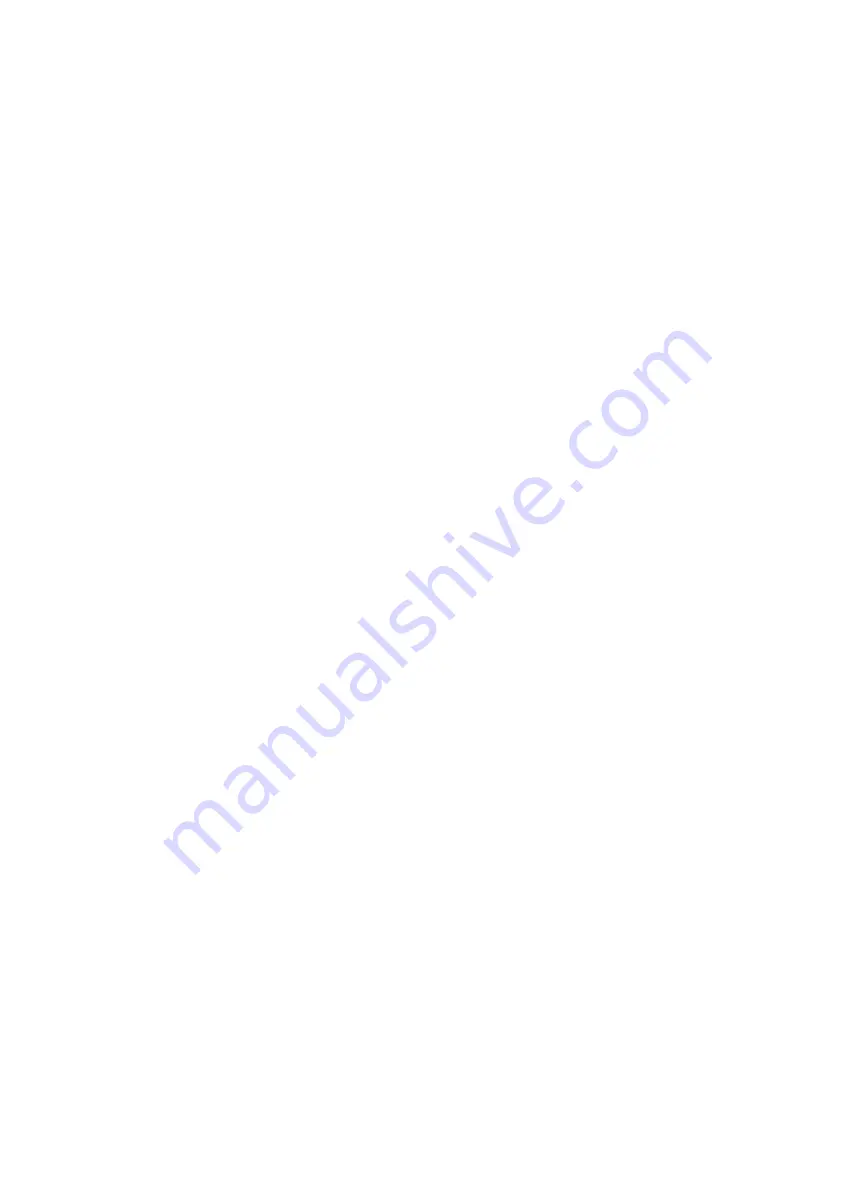
Creating, Manipulating Compound Shapes & Objects
Compound Shapes & Objects Operators can combine and modify shapes and objects to create unique
compound shapes and objects with these functions (see also Modify):
Split Selection (Shift+Ctrl+G):
Split up a previously created compound shape or object that has been
Unioned with other shapes. Select the compound shape and choose Split Selection. The different objects are
split back up into individual layers that can be moved independently.
Create Compound Shape->Union:
Combine multiple layers into a single compound layer. Union will create a
compound shape containing all of the selected layers, retaining their relative positions. Union together several
different objects and create a compound shape so they can all be moved and manipulated as one. To reverse,
select the compound shape and choose Split Selection. The different objects are split back up into individual
layers so you can move one of them independently.
Create Compound Shape->Intersection:
Combine overlapping layers into a single compound layer.
Intersection will create a compound shape containing the areas where the selected layers overlap. Intersect
together part of an ellipse and part of a rectangle to create a new compound shape with curved and straight
lines.
Create Compound Shape->Subtract:
Remove and combine non-overlapping layers into a single compound
layer. Subtract will create a compound shape containing only the areas of the last selected layer where the
other selected layers do not overlap. For example, users can create an ellipse and subtract a rectangular area
so the ellipse can be placed over another layer and not obstruct part of it. Or use to make a design that is
made up of standard shapes by subtracting certain areas
Create Compound Shape->Difference:
Combine non-overlapping layers into a single compound layer.
Difference is the opposite of Intersection. It will create a compound shape containing only the areas where the
layers do not overlap. For example, the user can create a large circle ellipse, then create a smaller circle
ellipse. Place the smaller circle ellipse over the large circle ellipse and center it. Select both layers and choose
Difference. A hole is created in the large circle ellipse and a donut design is formed.
Create Nested Compound:
Combine compound shapes into a single compound shape. All of the selected
compound shapes will be nested within the compound shape that was selected last. For example, if a user has
created compound shapes and created the layout with the desired spacing but would like to move them all
while retaining the existing layout, creating a nested compound shape that includes them all works best.
Convert to Outline:
Create an outline path of a specified size around an object. If the original object is not
continuous, such as a line, an outline is created around the line and the original line is replaced. If the original
object is continuous, such as a rectangle, an outline is created around the rectangle and the original rectangle
is preserved, resulting in a compound path with two rectangles. The user creates a curved line then converts it
to an outline of size 10. The result is a continuous curved polygon that looks like a wet noodle.
Expand/Shrink:
Scale an object up or down by a specified amount. The user creates an object and wants to
grow it a few pixels but trying to scale it with a selection box is too difficult. The user can expand the object by
specifying the exact amount.
57
Содержание MUSE TITAM
Страница 1: ......
Страница 4: ...Symbols and Definitions 3...
Страница 38: ...Settings A Laser Information regarding device options 37 Info Information regarding your machine...
Страница 39: ...Rotary Shows information on rotary Defaults Set image defaults with dither options 38...
Страница 40: ...Editor Editing menu for RE3 Network Network settings for RE3 39...
Страница 49: ...48 Engraving Rastering Power Settings...






























